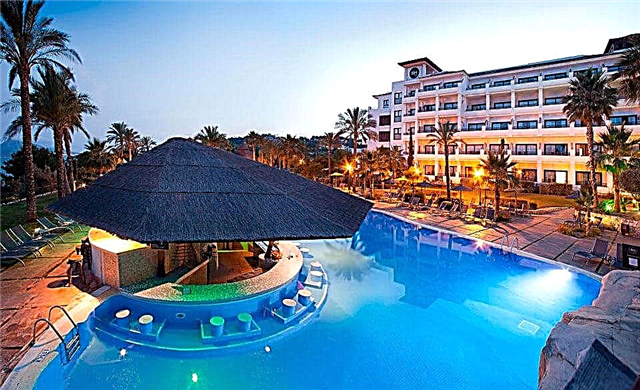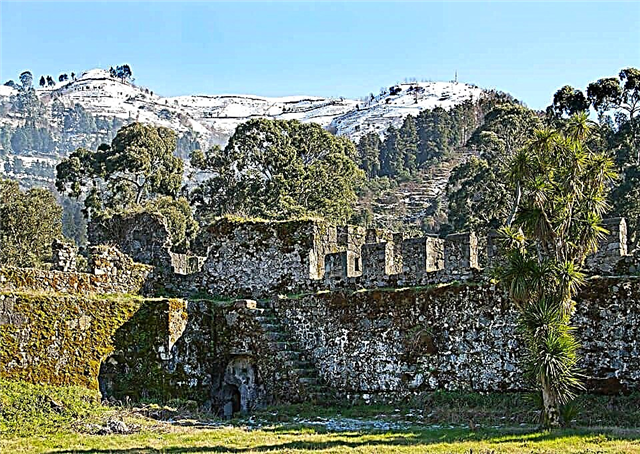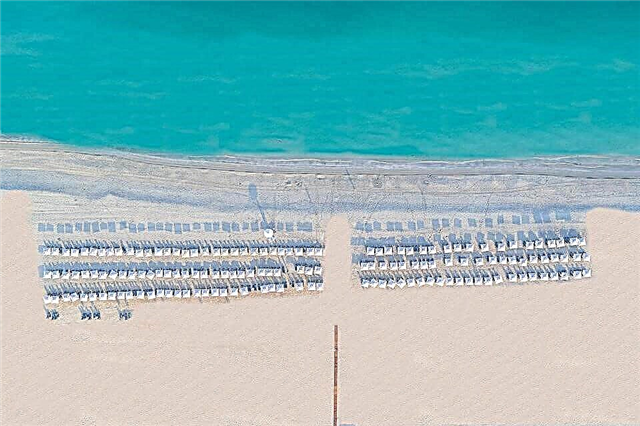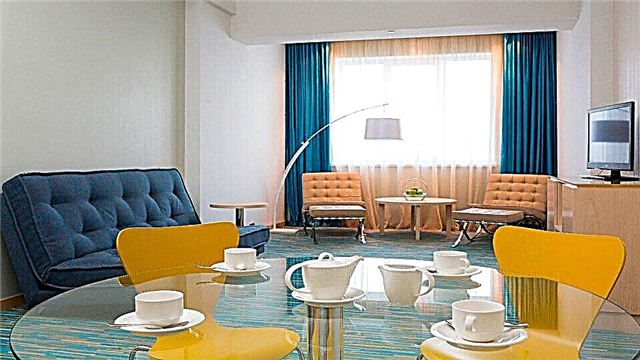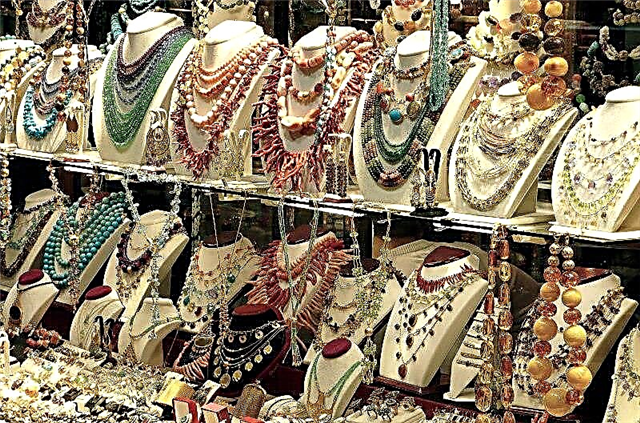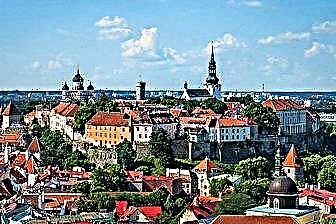Estonia is a maritime country in the north of Europe. Its territory is almost half covered by forests, and the total number of islands is more than two thousand. Tourism is well developed in Estonia. This is facilitated not only by the delightful nature, but also by the unique cultural heritage.
There are many national parks where visitors have the opportunity to independently observe the wildlife. Most of the reserves are ready to provide their guests with various types of recreation, depending on preferences. For family holidays, comfortable hotels are better suited, while those who are more adventurous will like tent campsites.
Lovers of history and architecture will love the beautiful winding streets, castles and palaces of the Old Town. Especially such as Glen Castle, Maarjamägi and Toompea Castles, and Tallinn Town Hall. Linen and knitted handicrafts, colored glass products, as well as Kalev chocolate and the famous Old Tallinn liqueur are traditionally brought from Estonia as souvenirs.

The best hotels and hotels at affordable prices.
from 500 rubles / day
What to see in Estonia?
The most interesting and beautiful places, photos and a short description.
Tallinn historic center
Tallinn's Old Town is the real heart of the capital. Thanks to the perfectly preserved medieval buildings, the historical center is included in the UNESCO list. Particularly noteworthy are the Town Hall Square and the Kiek in de Kök tower, which has now been turned into a museum.

Watch → Popular sights of Tallinn
Lahemaa National Park
Lahemaa Park is located on the northern coast of Estonia, an hour's drive from Tallinn. The park with a total area of 72.5 thousand hectares offers its visitors to make exciting hiking or cycling trips. Lovers of camping in Lahemaa Park will find several equipped camping sites.

Jagala waterfall
Jagala waterfall is located near the Gulf of Finland. The waterfall is about 8 meters high and about 50 meters wide. The waterfall is especially beautiful during severe winter frosts, when the water freezes, forming a huge ice wall.

Narva castle
Narva Castle was built at the end of the 8th century and played the role of the residence of the viceroy of the King of Denmark. Today the Narva Fortress is one of the best examples of Estonian defensive structures at that time. It houses a museum and various craft workshops.

Vilsandi National Park
The first nature reserve established in Estonia is Vilsandi Park. It consists of islands and reefs and is popular primarily for its numerous bird settlements. The park's tourist center is located in an old barn, and the former landlord's house has been turned into a hotel, which adds a historical flavor to this place.

Piusa caves
Since 1999, the underground galleries, which were formed as a result of the development of sandy deposits of the Piusa River, have become a nature reserve. This attraction can only be seen with a guide. The Piusa Caves are the largest wintering place for bats in Eastern Europe.

Parnu city beach
A very beautiful and equipped sandy beach is located just 15 minutes walk from the center of Pärnu, the summer capital of Estonia. The beach is surrounded by parks that perfectly protect vacationers from cold winds. There is also free parking, shops, hotels and various attractions for children.

Kõpu lighthouse
One of the oldest operating lighthouses in Estonia is located on the island of Hiiumaa. This majestic structure is not located on the shore itself, but on a hill in the nearby forest. The Kõpu lighthouse has an observation deck that offers beautiful views of the sea and coastal landscape.

Matsalu National Park
Located in the west of Estonia, Matsalu National Park is one of the best bird watching spots in Europe. You can take a sightseeing tour of the reserve by bicycle, boat or on foot. There is also a hotel for visitors.

Kadriorg Palace and Park
One of the most popular man-made parks in Estonia is Kadriorg. It was founded by Nicolo Michetti back in 1719. The Swan Pond is one of the most popular attractions in the park, and the former palace buildings are now occupied by the restoration rooms of the Estonian Art Museum.

Kaali crater
Saaremaa is famous for its meteorite field. The largest meteorite impact crater is 110 meters in diameter and ranks eighth in the planet's meteorite crater ranking. The best time to visit these places is July or August.

Kihnu island
Kihnu Island is one of the most memorable places in Estonia. This small islet with an area of 16.4 km² is inhabited by the descendants of seal hunters, whose peculiar culture is under the protection of UNESCO. It is best to visit Kihnu Island on Midsummer's Day, Christmas Day or St. Catherine.

Soomaa National Park
This park, located in the southwestern part of Estonia, was established in 1993 to protect rivers, forest bogs and flood meadows. Due to the unique microclimate, there is the so-called "fifth season" - the period of spring floods. The most popular hiking trails are Riisa, Kuuraniidu, Ingatsi, as well as the Beaver Trail.

Estonian open air museum
The Estonian Open Air Museum Rocca al Mare is located not far from the Kopliskaya Bay, 15 minutes from Tallinn. 14 museum farms will tell and show visitors how Estonian families of different incomes lived in the 18th-20th centuries. Some items made by local craftsmen are available for purchase.

Narva-Jõesuu
The resort town of Narva-Jõesuu, the easternmost settlement in Estonia, is famous for its Herman's fortress - an excellently preserved castle with a beautiful view from the walls. Two kilometers from Narva-Jõesuu is the only official nudist beach.

Pyukhtitsa Assumption Monastery
In the village of Kuremäe, there is the only active Orthodox nunnery in Estonia. It was founded in 1891 and has not stopped its activities since then. This beautiful place is famous for its healing water. Here you can also stay for a few days in monastic cells and take part in the daily life of the monastery.

Taagepera Castle
A very beautiful building built over 100 years ago - Taagepera Castle - is one of the most popular places for wedding ceremonies. There is a hotel and a restaurant here, and a quiet place is conducive to a leisurely rest.

Suur-Taevaskoda and Väike-Taevaskoda
The Väike-Taevaskoda coastal rock and the Suur-Taevaskoda cliff are located in the Ahja river valley in the south of Estonia and are a very visited place in this country. Hiking trails and equipped picnic areas will make a walk along the river unforgettable.

Valaste waterfall
The Valaste Waterfall is considered a natural heritage and a national symbol of Estonia. This is the highest waterfall in Estonia, nicknamed the Red Tail by the locals for the special shade the water takes in spring. There is a convenient observation deck here.

Suur Munamägi Observation Tower
A wonderful view awaits visitors to Suur Munamägi - the highest Baltic peak. The observation tower offers a truly beautiful view of the hills and forests of Estonia. After reconstruction in 2005, the Suur-Munamägi observation tower was equipped with an elevator for greater comfort of visitors.

Vyshgorod in Tallinn
In Vyshgorod there is Toompea Castle, which is the seat of the Estonian Parliament. In the north of Toompea, there is the Kohtuos viewpoint, which offers a beautiful view of Tallinn. Also worth a visit is the 13th century Dome Cathedral, surrounded by a park.

Bishop's castle in Kuressaare
The town of Kuressaare is famous for its well-preserved medieval castle. Since the 14th century, the castle has been the seat of the Saare-Läänema bishop, for which it got its name. This imposing structure houses an art gallery, a museum and several workshops, and a green area surrounds the castle's water moat.



